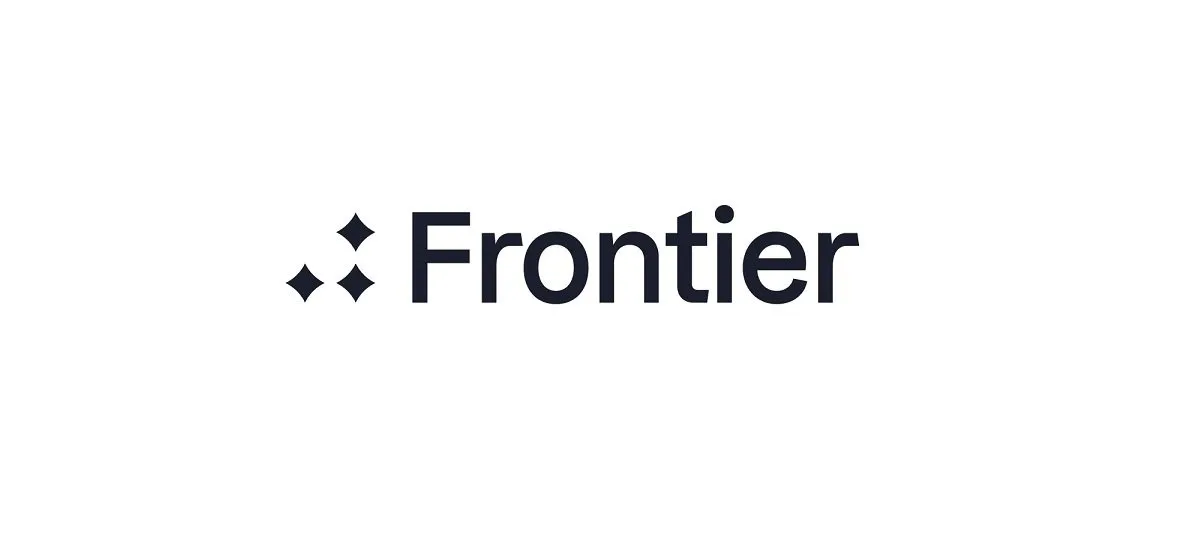Europe Faces Rising Climate Risks: Only 25% of Losses Insured Amid Escalating Extreme Weather

|
Listen to this story:
|
- Europe faces escalating climate risks, with extreme weather events tripling over four decades.
- Only 25% of climate-related losses in Europe are insured, widening the protection gap.
- Public-private partnerships and innovative insurance models are key to enhancing resilience.
Europe’s climate is changing fast, bringing extreme weather that poses significant risks to the region’s economy, environment, and health. With the continent warming at twice the global average since 1980, events like flash floods, torrential rains, heatwaves, and wildfires are becoming more frequent and severe.
Economic Implications
The financial impact of these climate events is substantial. In 2023 alone, Europe faced economic losses of €270 billion due to extreme weather. Despite this, only about 25% of these losses are covered by insurance, leaving a significant protection gap that threatens economic stability and increases fiscal pressure on governments.
Insurance as a Solution
Insurance is a vital tool in mitigating the economic fallout from climate disasters. By providing financial protection and encouraging risk reduction measures, insurance can help economies recover more quickly and reduce the strain on public resources. EIOPA’s recent analysis underscores the importance of insurance in cushioning the negative impacts of climate-related events. However, the shrinking availability and rising cost of insurance could further widen the protection gap, amplifying economic and systemic risks.
Public-Private Partnerships
To address this challenge, EIOPA supports exploring new public-private partnerships at both the EU and national levels. These collaborations could promote risk prevention and adaptation, making insurance more affordable and accessible. As EIOPA notes, “Greater cooperation between the insurance industry, regulators, supervisors, and governments is essential to enhance resilience and close the protection gap.”
Improving Risk Assessment
EIOPA has established itself as a leader in catastrophe modeling and data sharing, providing valuable tools to better assess climate risks. The Climate Resilience Dialogue emphasizes the need for continued efforts in measuring insurance protection gaps and suggests creating an EU-wide public data hub for natural catastrophes to improve data access for effective risk assessment.
Enhancing Consumer Awareness
Educating consumers about climate risks and promoting the uptake of insurance are also crucial. EIOPA has been developing strategies to encourage greater insurance penetration, such as offering premium discounts for risk mitigation measures. “Impact underwriting,” where insurers incentivize clients to reduce their risk exposure, is a key strategy that benefits both consumers and insurers.
Related Article: IFC Launches ClimaLab to Tackle Climate Risks in Europe’s Financial Sector
As Europe grapples with escalating climate risks, innovative insurance models and strong public-private partnerships are crucial. By improving risk awareness, sharing data, and fostering collaboration, Europe can enhance its resilience and better protect its citizens against future climate-related disasters.













